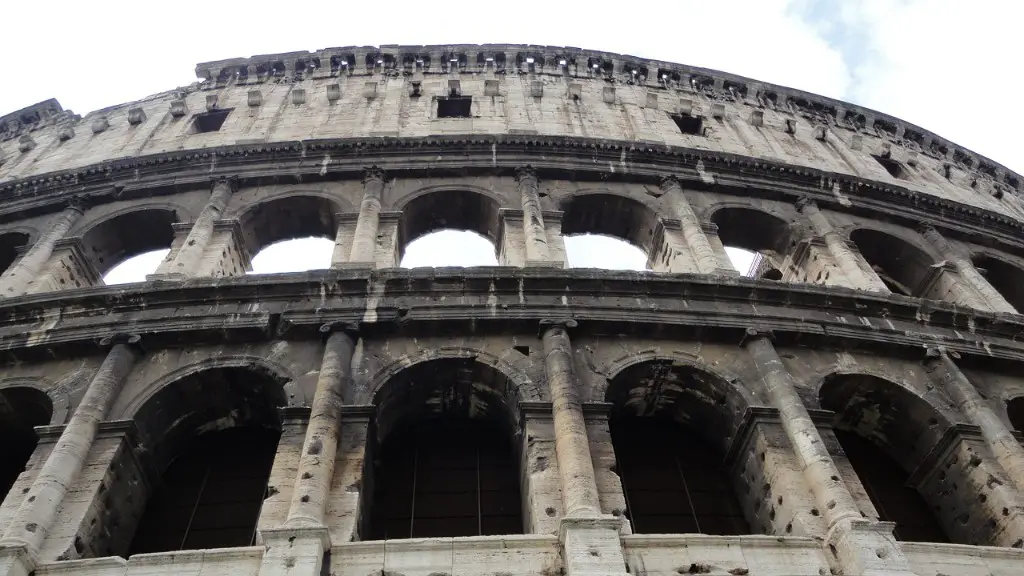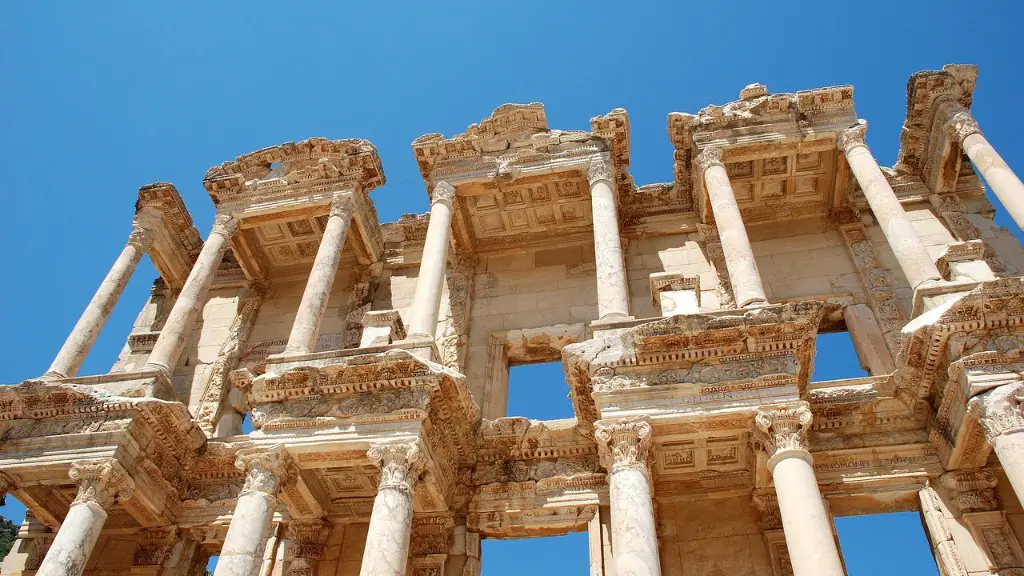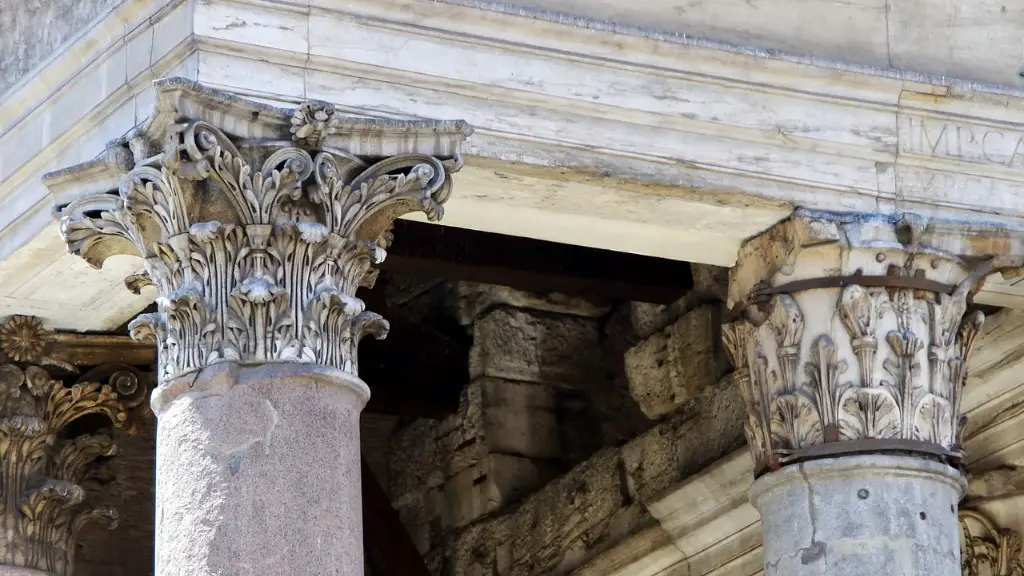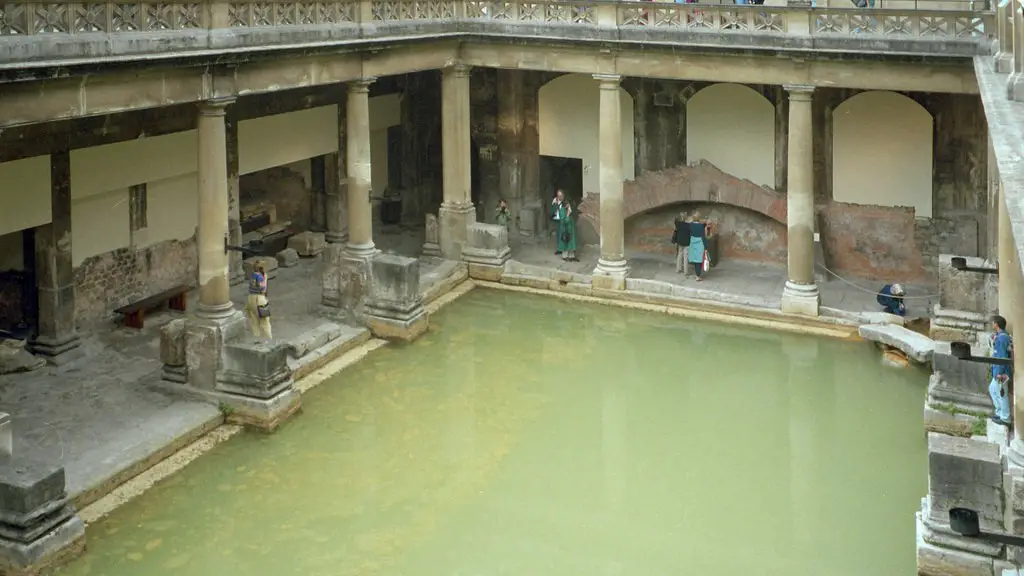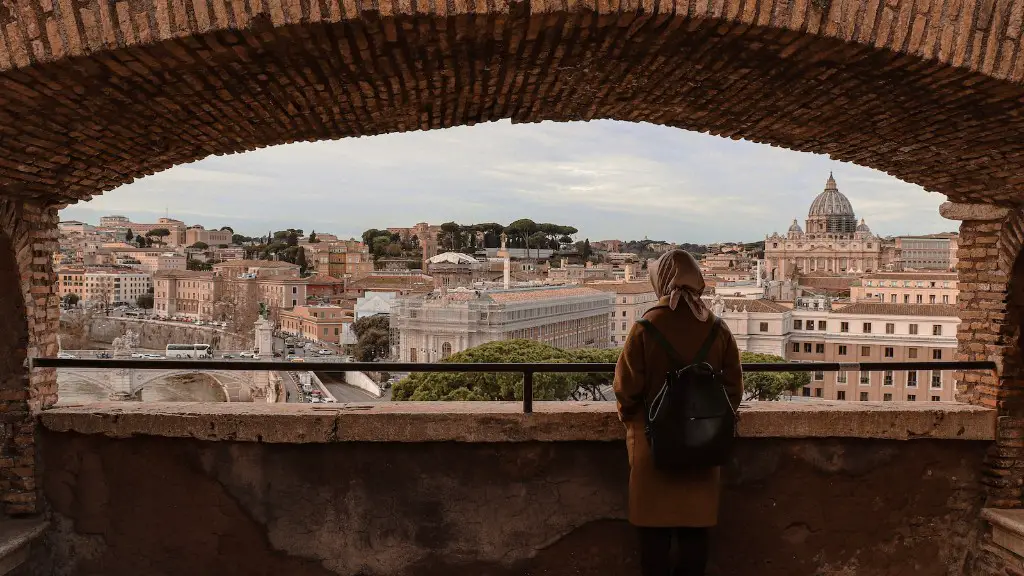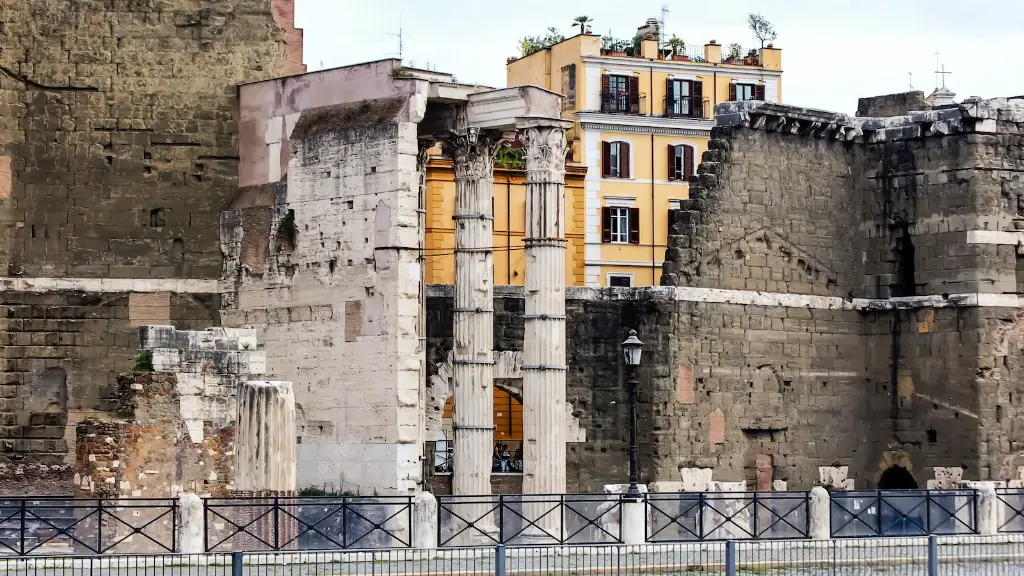The ancient Romans were renowned for their impressive marble sculptures. But where did they get all that marble? Much of it came from a nearby quarry in the Apuan Alps, in the modern-day Italian region of Tuscany. The Roman Republic began quarrying marble in the Apuan Alps in the second century BCE, and the tradition continued under the Roman Empire. By the fourth century CE, the Romans had extracted about 80,000 cubic meters of marble from the quarry—enough to decorate not only the city of Rome but also many of its far-flung empire.
The Roman quarries at Carrara, in northwest Italy, were the main source of marble used by ancient Rome. The quarries lay on a high plateau above the Tyrrhenian Sea.
How did the Romans get marble?
The Roman Republic relied heavily on importing marble from Greece and North Africa. This was extremely expensive, as those two regions were not yet Roman provinces. As a result, there are far fewer Republican-era marble sculptures than those from the Imperial period.
Hammer and point work is a sculpting technique that involves chipping away at a stone block with a hammer and chisel. This technique was used by the Ancient Greek sculptors as early as 650 BC, and was later used by the Romans. The legend of Pygmalion also describes the use of this technique.
How did ancient artists sculpt marble
Hammer and point work are common techniques used to create statues since early Roman times and even as far back as ancient Greek sculptors from c 650 BC. This technique involves holding the chisel against the stone and hitting it with a hammer as hard as possible.
The quarrymen exploit natural fissures to extract the massive blocks of stone from the quarry. Along the fissures, they fit iron wedges in between iron splints. Pounding on these wedges with iron-headed mallets, as well as pushing on levers inserted elsewhere, eventually releases the block.
Where did the Romans get all their marble?
Rome’s closest source of marble is in Carrara, Italy. The same quarries that provided the blocks for Michelangelo’s David and Pietà continue to produce high-quality marble for artists and architects around the world. Carrara marble is prized for its purity and whiteness, and it has been used in some of the most iconic sculptures and buildings in history. If you’re looking for the finest marble in the world, Carrara is the place to go.
By the mid-second century BC, Rome had become a powerful empire, with her armies extending her power into the eastern Mediterranean. To show her wealth and power, Rome began importing luxurious white marble from the Greek world, where it had been used for centuries. This marble was used to build some of Rome’s most famous buildings, such as the Colosseum and the Pantheon.
How did Michelangelo get the block of marble?
It is said that the white and blue marble sculpture of Virgin and Child, attributed to Jean Bilhères, was extracted from a quarry in a single block, which was then carved using metal chisels. The sculpture was installed in the church of Santa Petronilla on August 6, 1499, but Jean Bilhères died on the same day.
The ancient Greeks and Romans enjoyed playing marbles. Early games used balls made of stone such as marble, hence the name. Glass marbles were called steelies. Clay marbles were called commoneys.
Where did the Greeks get marble
Marble quarries were an important source of materials for the Bronze Age Aegean civilizations. The main sources of marble were the islands of Naxos, Keros, Paros, and Ios. These quarries provided the raw materials for some of the most impressive buildings and sculptures of the ancient world, including the Parthenon and the Statue of Zeus at Olympia.
Further smoothing of marble and alabaster surfaces is achieved using rasps or rifflers (metal tools with rough surfaces), or minerals such as sand or emery (stone grit). Polishes can then be applied to the fine-grained stone after it has been abraded, producing a smooth, translucent and reflective surface.
How did Michelangelo sculpt marble?
he would sculpt at night by attaching candles to his hat YouTube video – Carving marble With Traditional Tools (2:47 min)
Michelangelo was a very skilled and dedicated artist. He was a subtractive sculptor, which means that he used tools to chip away at marble blocks in order to create his art. He was so talented and hardworking that he would even sculpt at night by attaching candles to his hat! You can see his skill and dedication in action in this YouTube video.
Marble was quarried using bow drills and wooden wedges soaked in water to break away workable blocks. Generally, larger figures were not produced from a single piece of marble, but important additions such as arms were sculpted separately and fixed to the main body with dowels.
How did the Romans lift heavy stones
A treadwheel crane is a wood-based hoisting and lowering device that was popular during the Roman period and the Middle Ages. It was primarily used for the construction of castles and cathedrals.
The Penteli quarries are located in the town of Penteli, Greece and were the main source of marble for the construction of Parthenon and other buildings of the Acropolis. The quarries are still operational today and provide employment for the local community.
Will we eventually run out of marble?
There is an abundant amount of marble on Earth, more than what can be extracted and used. The cost of extraction and processing increases beyond what is economically viable, making it inaccessible. This means that the current supply of marble is finite and will eventually run out.
The Romans really liked their bling! They imported all sorts of colourful gemstones from all over the world, including Egypt and the Persian Gulf. Onyx and moonstone were especially popular.
Final Words
The ancient Romans used two main sources of marble for their sculptures. The first source was the Greek island of Paros, which was famous for its high-quality white marble. The second source was a type of marble found in the southern Italian region of Calabria. This marble was slightly pink in color and was also very popular among Roman sculptors.
The marvelous marble sculptures of ancient Rome were created using a variety of methods. The most common method was to quarry the marble from the nearby mountains. The quarries were located in Carrara, Italy and the marble was then transported by barges or mules to Rome.
